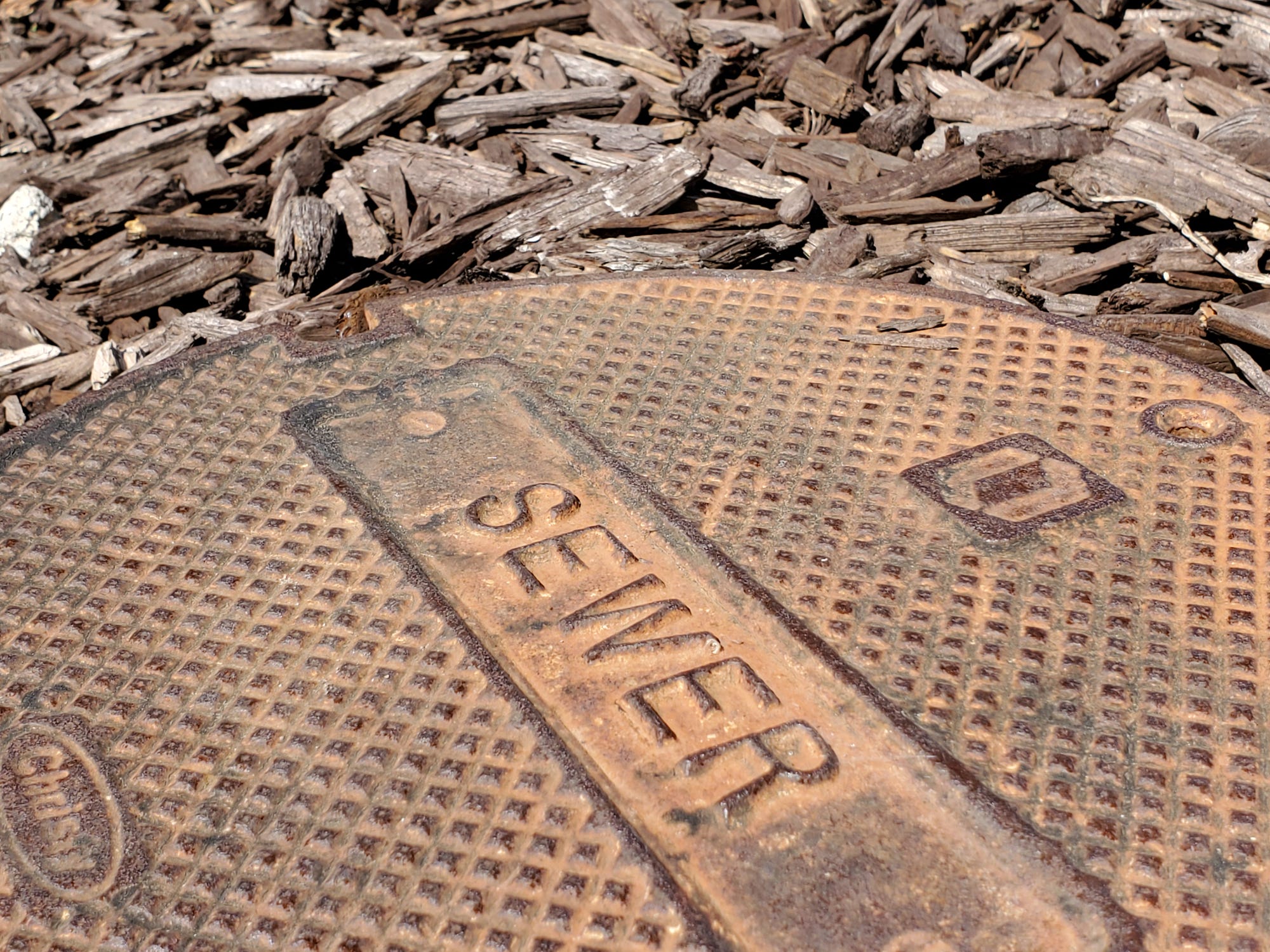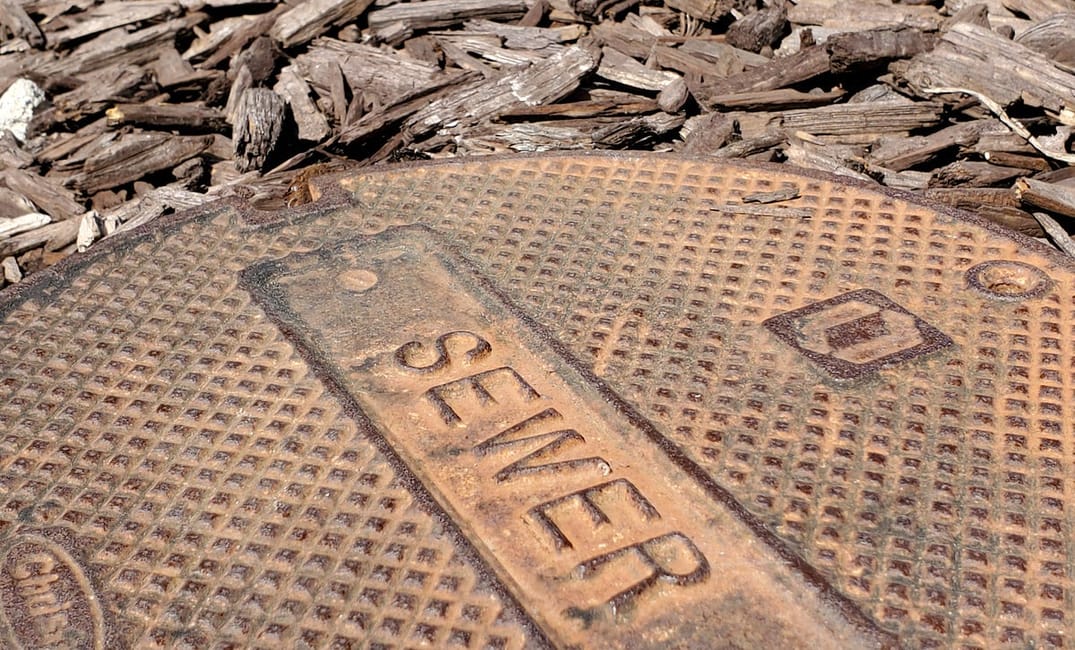
With expanded testing around the region, plenty of people are looking for Covid-19 in the Bay Area’s residents. But one local agency is looking for the virus in an unexpected place: their poop.
According to a recent issue of the agency’s Pipeline newsletter, the Central Contra Costa Sanitary District, which locals call Central San, has implemented a program to scan for Covid-19 in wastewater at “strategic” locations throughout the agency’s 145-square-mile service area, which covers many communities in the East Bay. In the agency’s words, “Across the country, researchers and public health officials are looking to wastewater as a means to track and combat SARS-CoV-2, the virus that causes COVID-19.”
The CDC’s National Wastewater Surveillance System (NWWSS) page has more details on how the process works: Nature calls.
The result is “human fecal waste” (read: poop), which travels through sewer pipes from your home to a treatment plant, joining with waste from others in your community. Either along the sewer’s route or at a treatment plant, a technician takes a sample of the flowing waste, which is tested for SARS-CoV-2. (Infected people shed the virus in their “fecal matter,” the CDC says).
The amount of virus present in each scoop of waste “can provide information on changes in total SARS-CoV-2 infection in the community.” If viral loads are high, that means the virus might be actively spreading in the community, and officials can consider imposing restrictions or taking other preventative measures. If they’re low, officials can potentially breathe easier and let up on restrictions. By taking samples at different points in the sewage flow, agencies can obtain “data at the sub-county level”, tracking relative levels of infection in different cities, or even different neighborhoods.
Locally, Central San says it is working with Stanford University and “collecting samples from different parts of our treatment processes to look for SARS-CoV-2 RNA, the genetic material of the virus.” The agency also says that it’s using a “state-of-the-art computer model and mapping tools to identify strategic sampling locations” in order to “track concentrations of the virus in different parts of our community.” This is harder than it sounds. Central San says that it has 36,000 “maintenance holes” throughout its system, so choosing the right ones from which to yank samples of waste is no easy task.
Wastewater surveillance is nothing new — according to the journal Nature, it’s been used for decades to look for diseases like polio. But advances in genetic sequencing combined with the global scale of the Covid-19 pandemic has made it an increasingly valuable viral surveillance tool, both here in the Bay Area and nationwide. It’s especially useful, the CDC says, for tracking “data for communities where timely COVID-19 clinical testing is underutilized or unavailable.” Even if people in a given community aren’t able to get tested as frequently as they should, their daily (ahem) ‘contributions to science’ can provide valuable data on how the virus is spreading.
Sign up for The Bold Italic newsletter to get the best of the Bay Area in your inbox every week.
Looking towards the future, Central San says that it’s “collaborating with other researchers, wastewater agencies, and public health agencies across the Bay Area as part of a COVID-19 wastewater working group led by UC Berkeley.” Cal is even considering setting up a special lab dedicated to wastewater surveillance. The Bay Area is on the cutting edge of many things in science and technology.
There’s no reason we shouldn’t be a leading force in viral poop testing, too.







